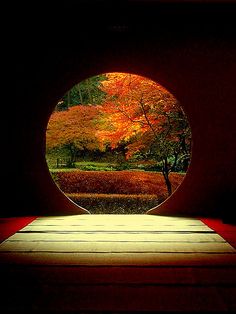Wabi Sabi is a japanese view of the world that celebrates the beauty of imperfection, the beauty of things that are unfinished and impermanent.
Wabi connotes rustic simplicity or understated elegance. It can also refer to quirks and anomalies arising from the process of construction, which add uniqueness and elegance to the object.
Sabi is beauty or serenity that comes with age, when the life of the object and its impermanence are evidenced in its patina and wear, or in any visible repairs.

Kintsugi (金継ぎ?) (Japanese: golden joinery) or Kintsukuroi (金繕い?) (Japanese: golden repair) Defined as "to repair with gold"; the art of repairing pottery with gold or silver lacquer and understanding that the piece is more beautiful for having been broken.
But any effort to understand intellectualy Wabi Sabi would be in vain as it is a feeling, an emotion, a spiritual experience. If it could be defined, it wouldn't be Wabi Sabi.
Wabi Sabi could seems a mysterious and hermetic concept, difficult to explain and difficult to understand but we could find a little door through some japanese arts as Honkyoku (traditional shakuhachi music of wandering Zen monks), Ikebana (flower arrangement), Japanese gardens, Zen gardens and bonsai (tray gardens),Japanese poetry,Japanese pottery, Hagi ware, Raku ware or Japanese tea ceremony which is the clearest expression of Wabi Sabi. The tea ceremony is described in The Book of Tea of Kakuzo Okakura.
This summer I read the book of Leonard Koren Wabi-Sabi for artists, designers, poets & philosophers, but to really feel and understand Wabi Sabi there is nothing like the music of the shakuhachi bamboo flute or the observation of the passing time and its beauty.
Honkyoku (本曲, "original pieces") are the pieces of shakuhachi music for enlightenment. Fuke monks or priests were noted for playing the shakuhachi bamboo flute as a form of meditation known as suizen ("blowing meditation"), an innovation from the earlier zazen ("sitting meditation") of other Zen sects.


















